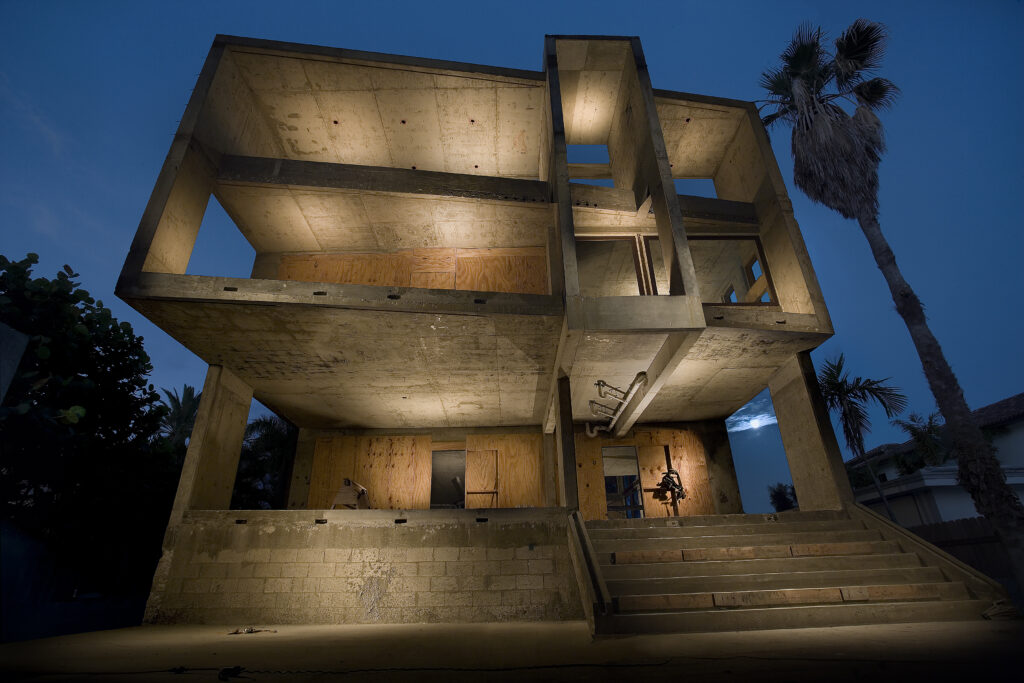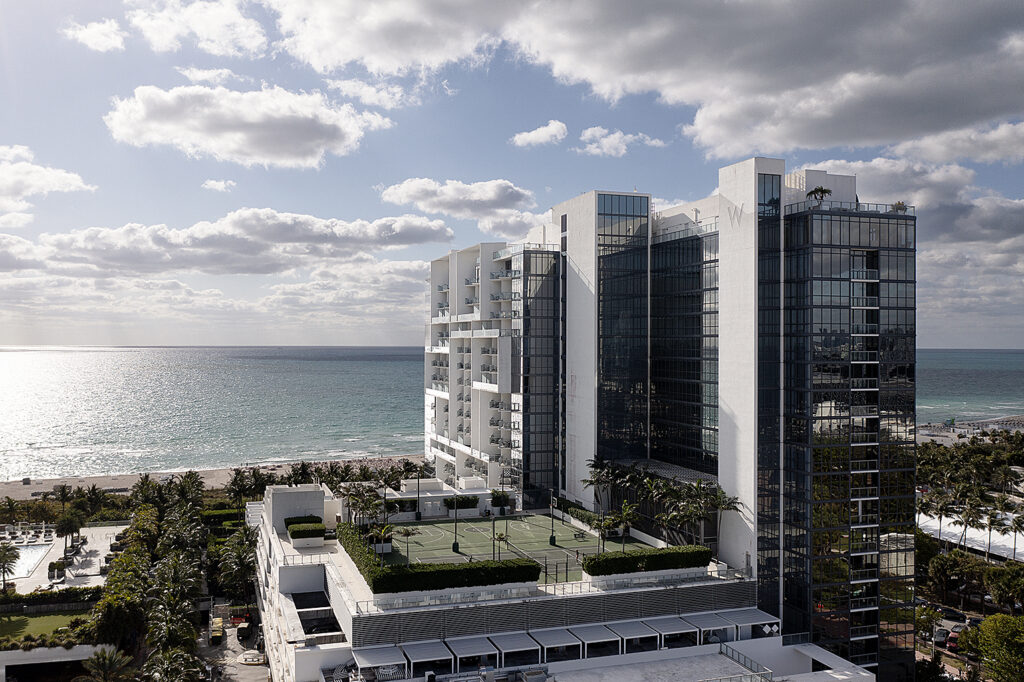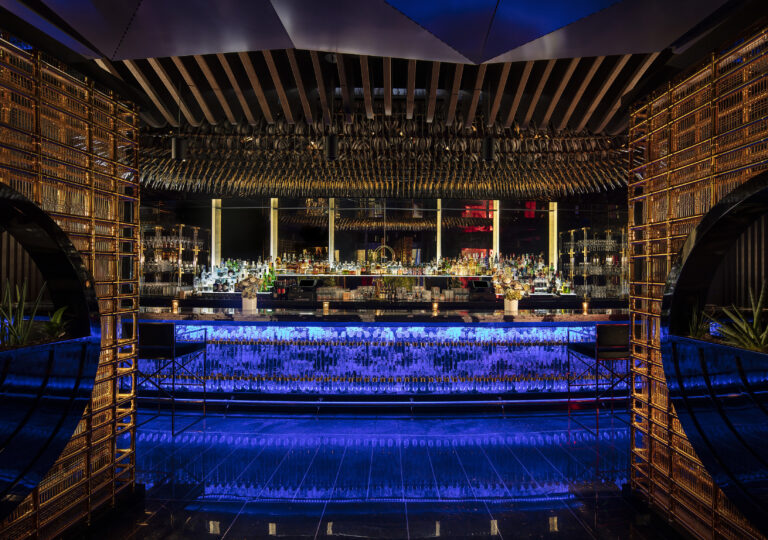When it comes to architectural photography, there are two main styles: traditional and modern. Traditional architectural photography focuses on the aesthetics of the building, while modern architectural photography aims to capture the structure’s function and purpose. Both styles are important in their own way, and both have their own unique history. In this article, we’ll take a look at the history of architectural photography and how it has evolved over time.
The history of architectural photography has its roots in the field of architectural drawing. Architects have always used drawings to communicate their ideas, and early photographers saw photography as a way to capture these drawings in a more realistic way. In the early days of photography, architectural photography was often used to document existing buildings or to show potential clients what a proposed building would look like. This type of photography was often referred to as ” architectural portraiture.”
As photography became more popular, people began to use it for other purposes. Artists began to experiment with architectural photography, using it as a way to capture the beauty of the built environment. This new style of architectural photography was less concerned with accuracy and more concerned with aesthetics.
In the early 20th century, architectural photography began to evolve again. This time, the focus was on capturing the function of buildings rather than their form. Modern architectural photography often features people using the building, as well as close-ups of architectural details. This type of photography is sometimes referred to as ” functionalist.”
Today, architectural photography is used for a variety of purposes. It can be used to document existing buildings, to show off proposed designs, or simply to capture the beauty of the built environment. No matter what its purpose, architectural photography is an important tool for anyone interested in architecture.
Architectural photography has come a long way since its humble beginnings in architectural drawing. Today, it is an important tool for architects, engineers, and even artists. No matter what its purpose, architectural photography is sure to continue evolving in the years to come.

The different styles of architectural photography
There are three main styles of architectural photography: architectural portraiture, experimental, and functionalist.
– Architectural portraiture is the earliest form of architectural photography. It was often used to document existing buildings or to show potential clients what a proposed building would look like. This type of photography focuses on accuracy and typically features the entire building in the frame. Portraiture is very much the standard for architectural photography as it’s used in a number of ways for marketing, sales and documentation.
– Experimental architectural photography is focused on aesthetics rather than accuracy. This style of photography became popular in the early 20th century as artists began to experiment with using photography to capture the beauty of the built environment. Experimental photography is often abstract and creative.
– Functionalist architectural photography captures the function of buildings rather than their form. This type of photography was developed in the early 20th century and often features people using the building, as well as close-ups of architectural details. Functionalist photography is sometimes referred to as “action.”
How architectural photography has evolved over time
Architectural photography has come a long way since its humble beginnings in architectural drawing. Today, it is an important tool for architects, engineers, and even artists. No matter what its purpose, architectural photography is sure to continue evolving in the years to come.
It began as a way to document buildings and other structures. Early photographers were often commissioned by architects or engineers to create visual records of their work. These days, architectural photography is used for all sorts of purposes, from marketing and advertising to documentation and even art.
One of the most important developments in architectural photography came with the advent of digital technologies. Digital cameras and editing software have made it possible to capture and manipulate images in ways that were previously impossible. This has allowed photographers to push the boundaries of what is possible with architectural photography.

Todays purpose of architectural photography
Today, architectural photography is used for a variety of purposes, including documenting existing buildings, showcasing proposed designs, and capturing the beauty of the built environment. No matter what its purpose, architectural photography is an important tool for anyone interested in architecture.
Documenting existing buildings
One of the most common uses for architectural photography is documenting existing buildings. This can be done for a number of reasons, such as creating a record of a building for historical purposes or documenting the condition of a building for insurance purposes. Regardless of the reason, architectural photography is an important tool for preserving the history of our built environment.
Showcasing proposed designs
Another common use for architectural photography is showcasing proposed designs. This is often done by architects or developers who are looking to market their work to potential clients. By using architectural photography, they can give potential clients a realistic idea of what the proposed design will look like.
Capturing the beauty of the built environment
In addition to its practical uses, architectural photography can also be used to capture the beauty of the built environment. This is often done by artists or hobbyists who are interested in capturing the essence of a particular place. By taking beautiful architectural photos, they can share their vision with others and help preserve the memory of a place for future generations.
As architectural photography continues to evolve, it will be interesting to see how new technologies continue to shape the field. Who knows what the future holds for architectural photography? Only time will tell.



